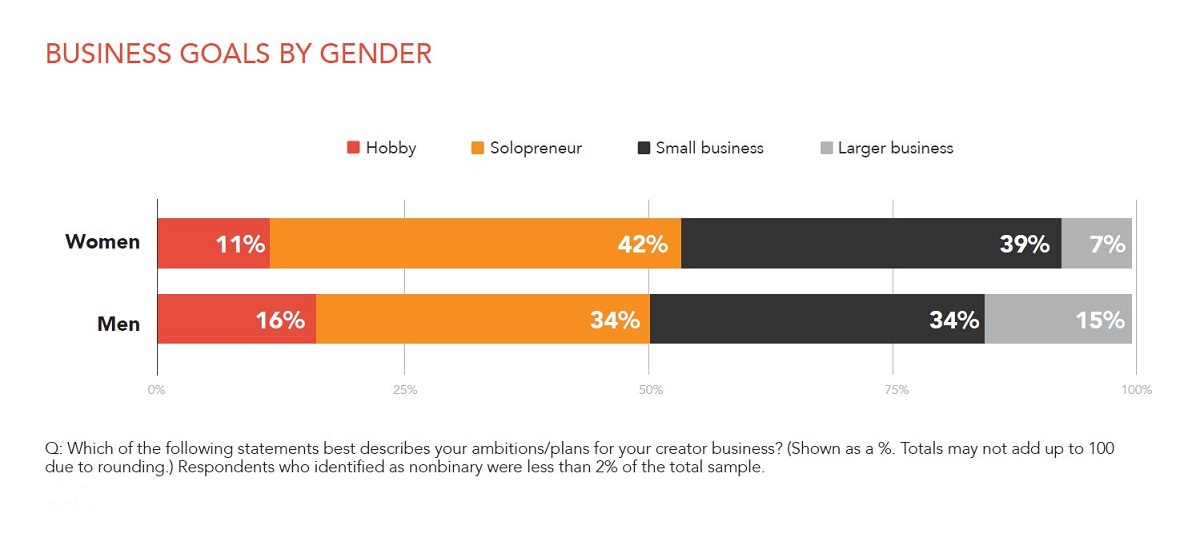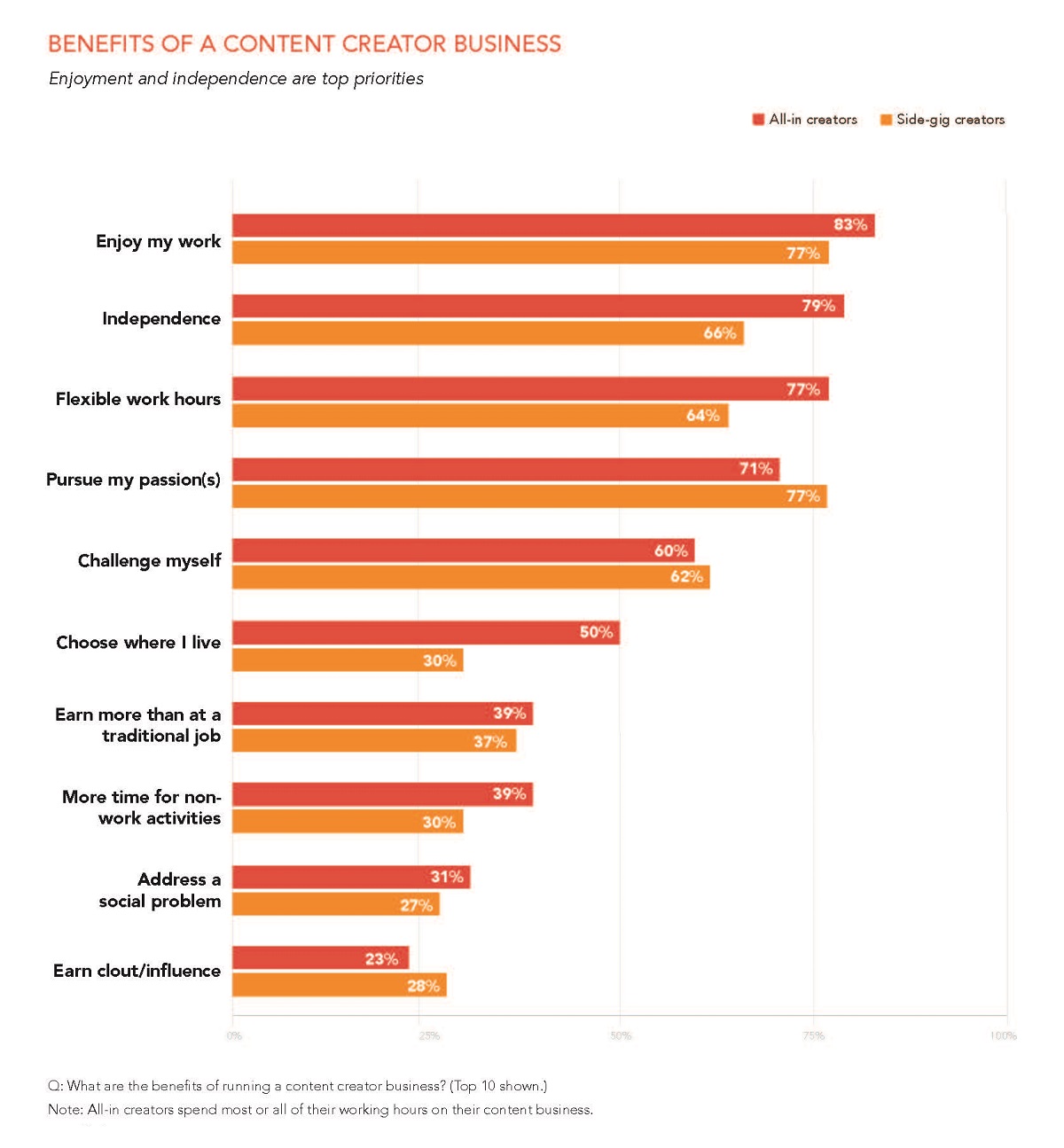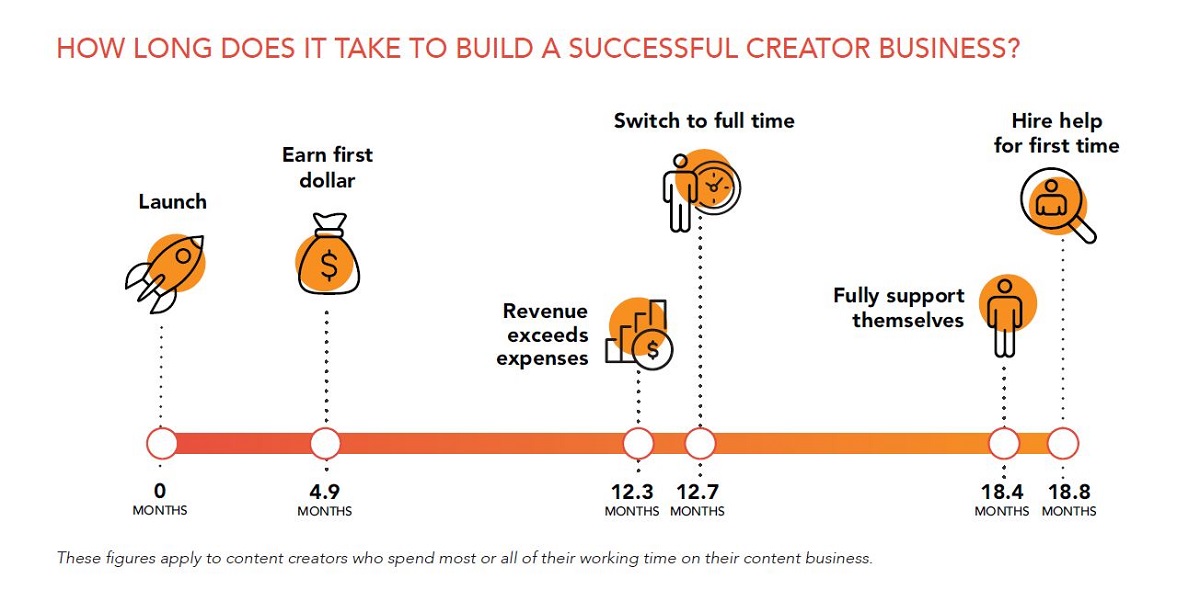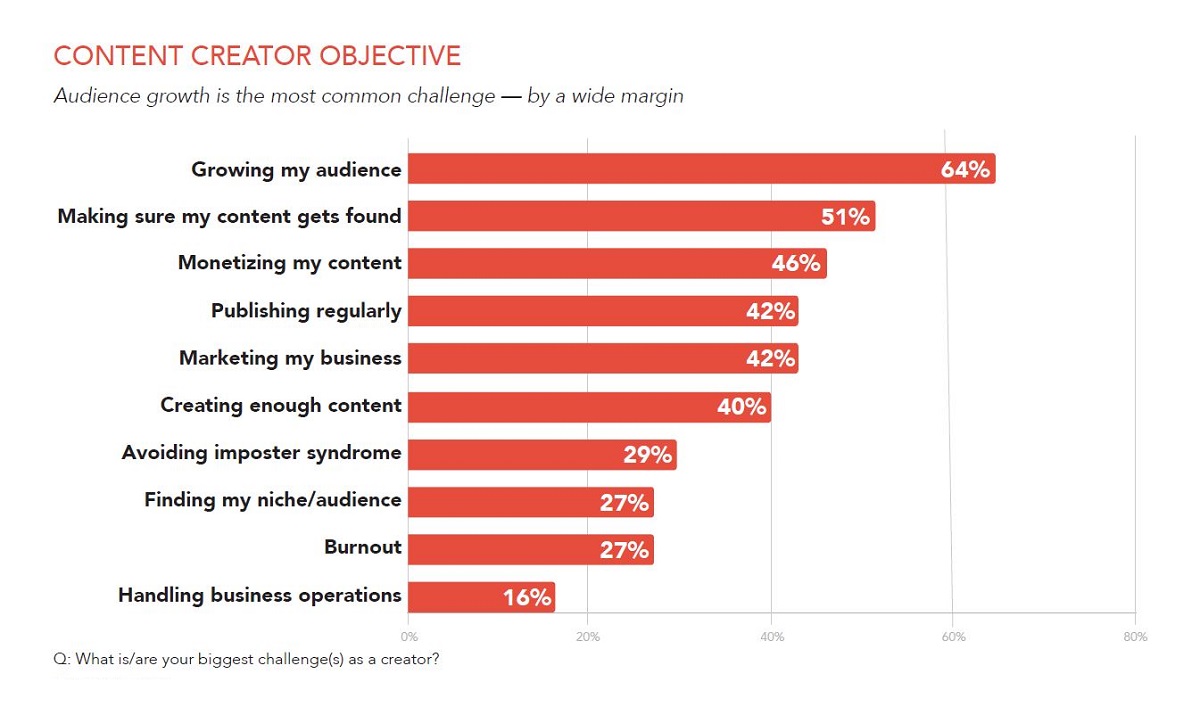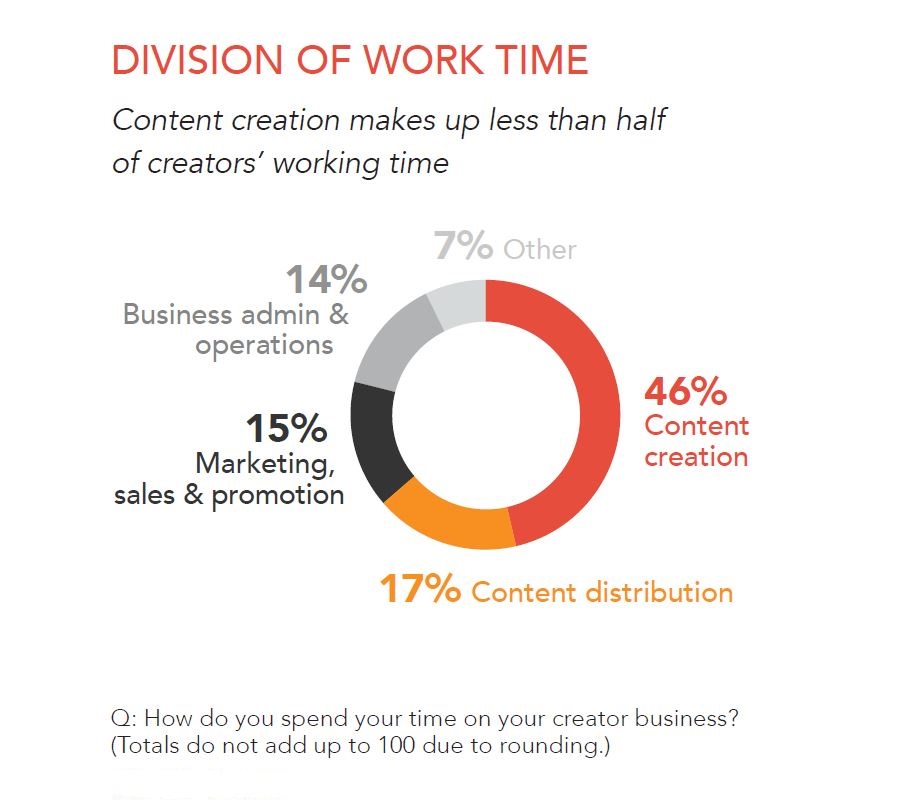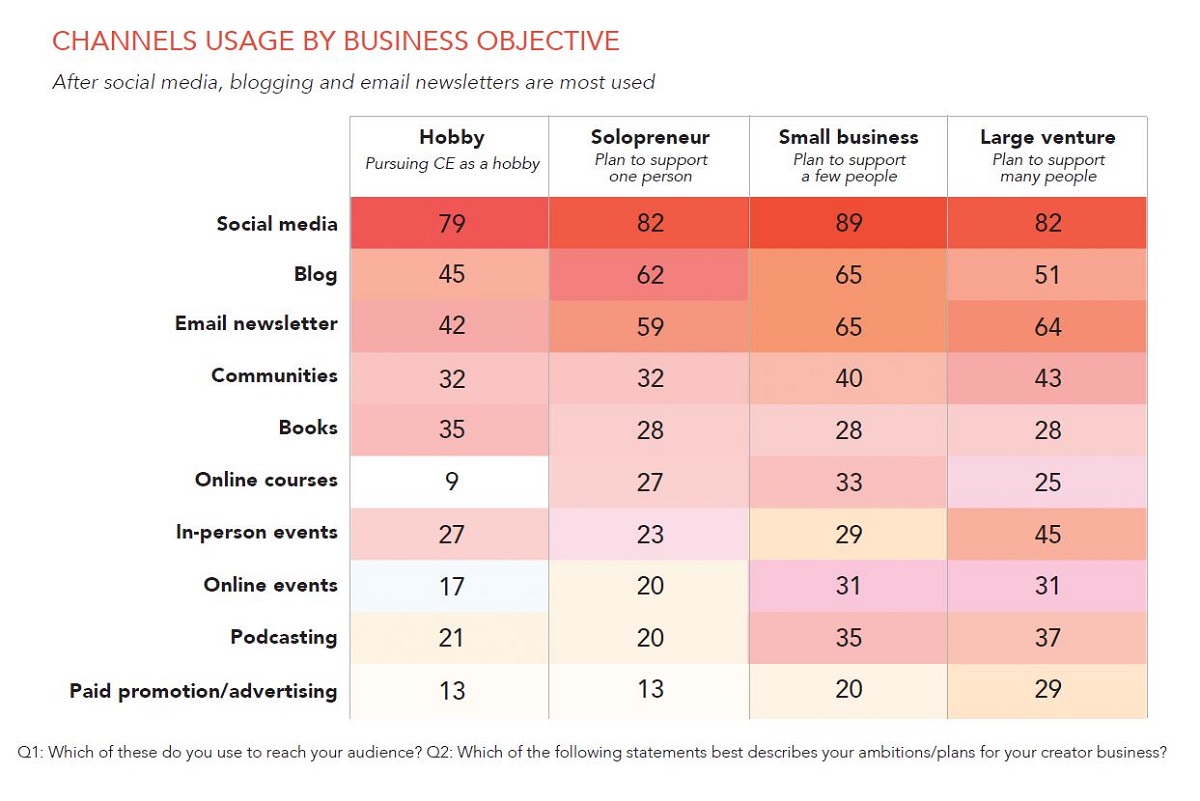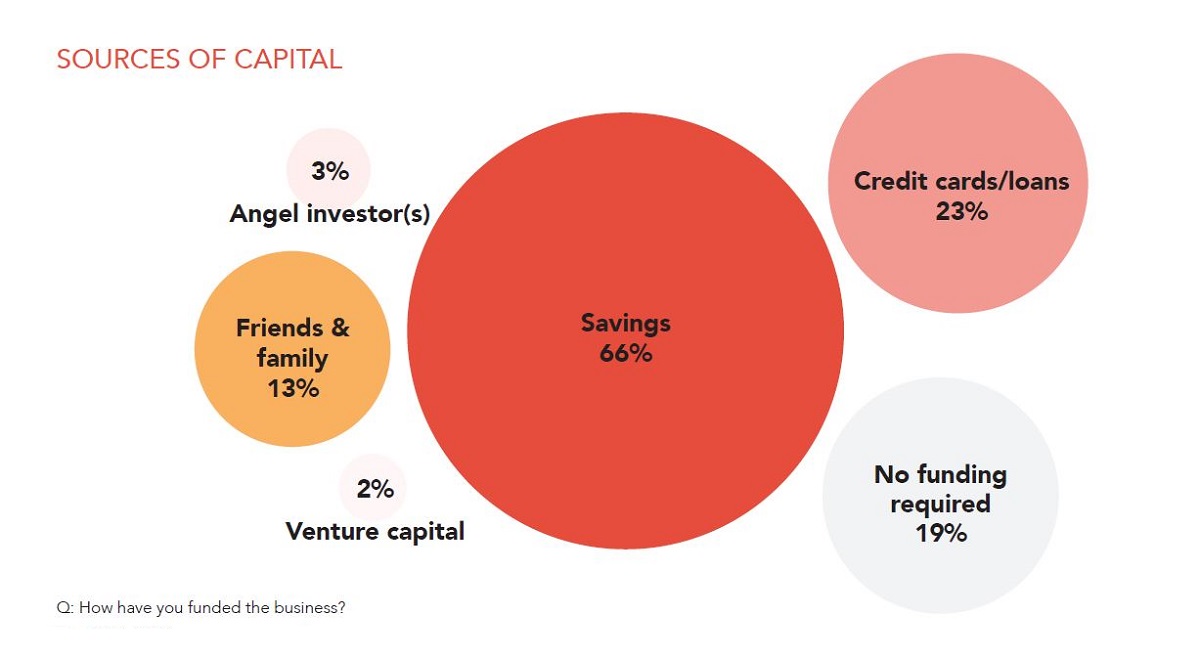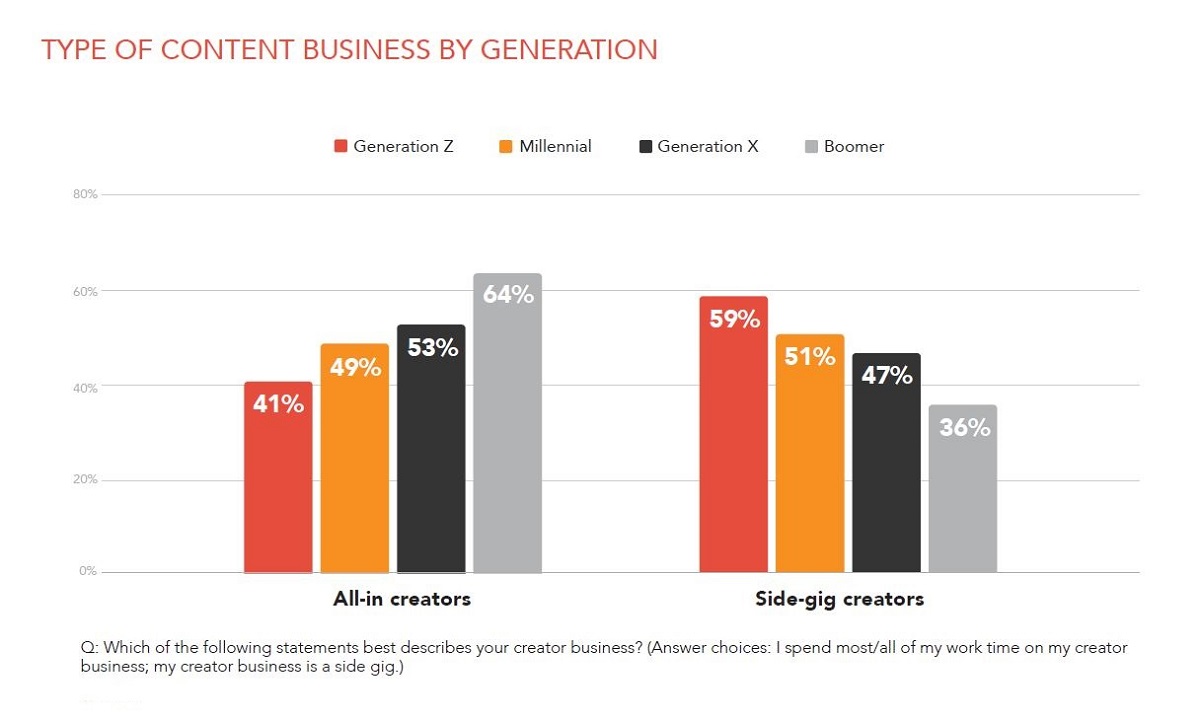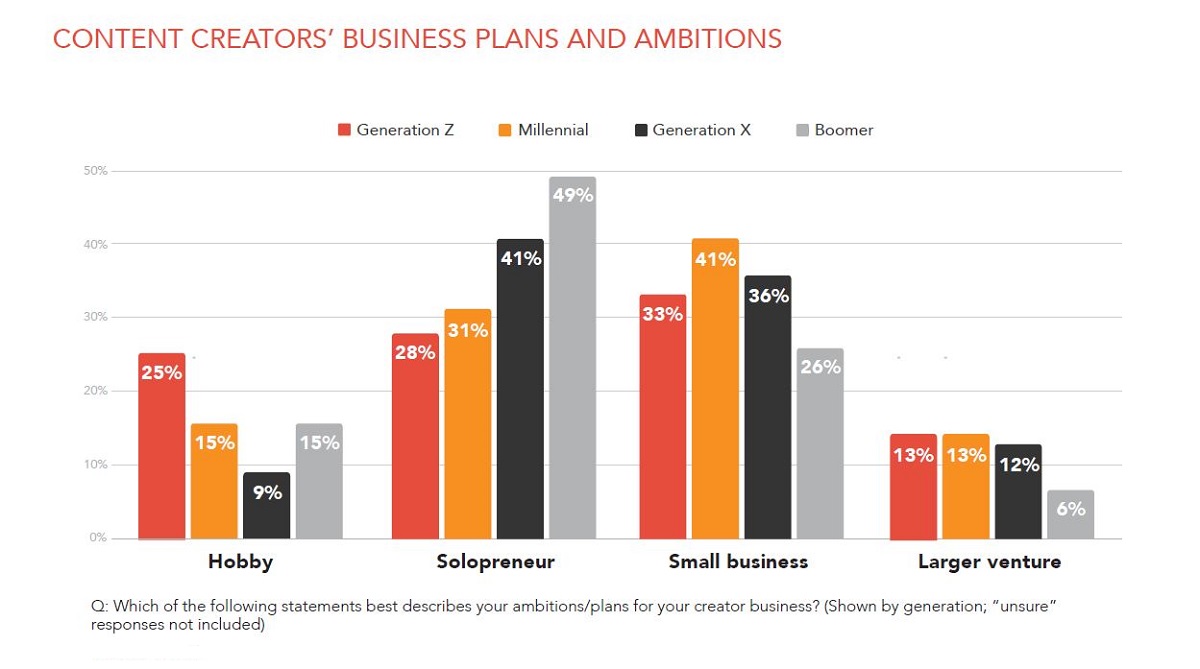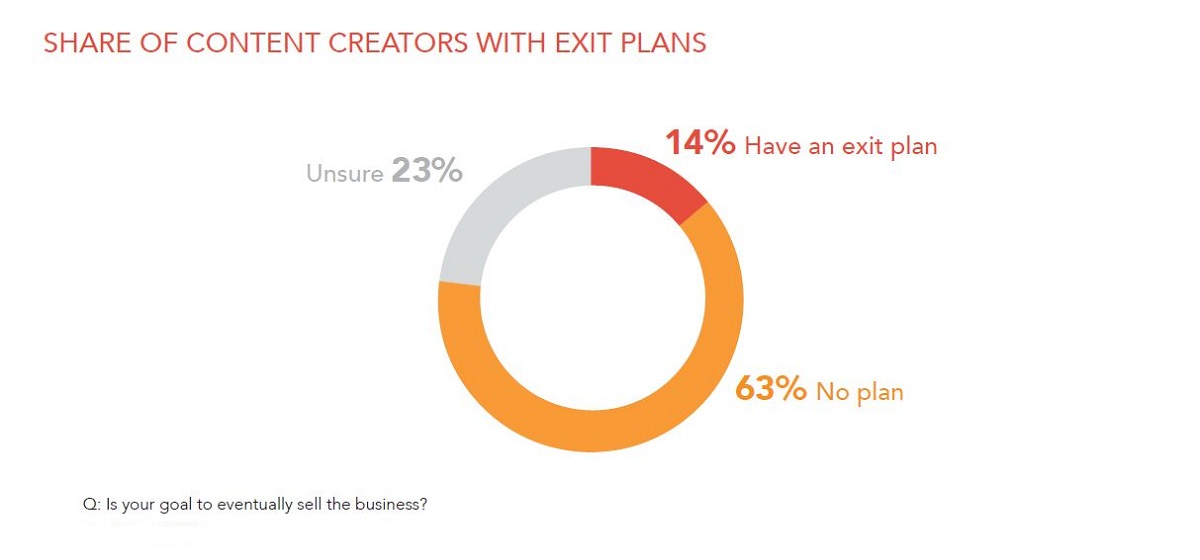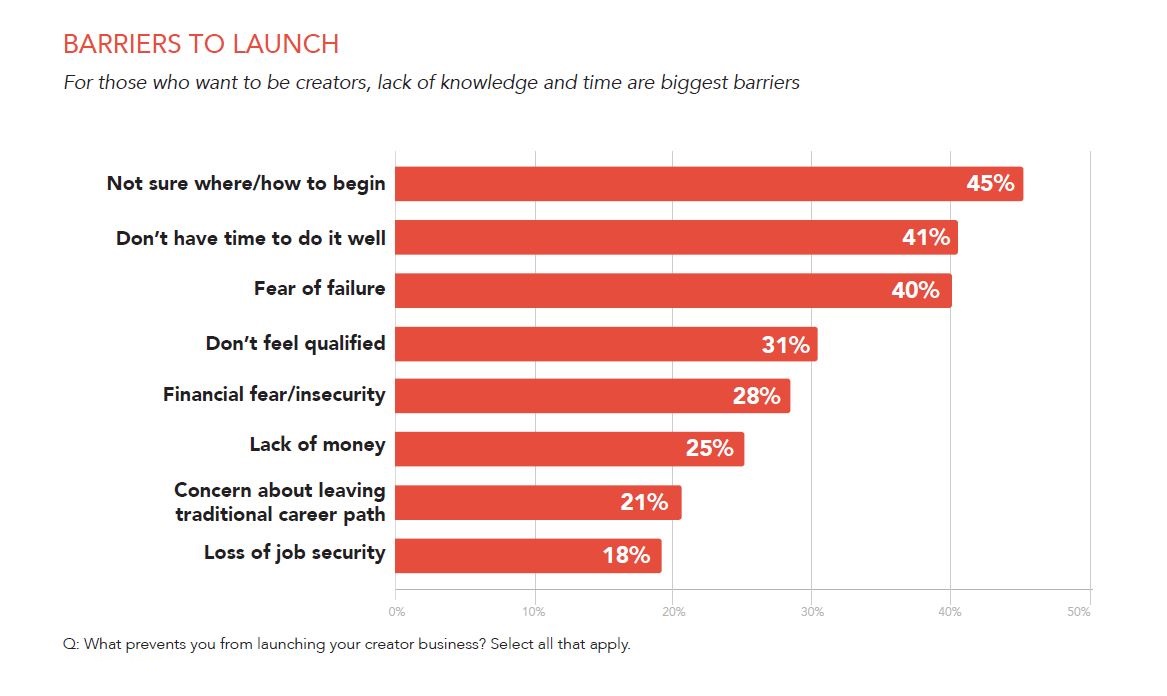
TL;DR
- Making a living as a content creator requires a business approach to revenue generation and management, even at a small scale.
- On average, full-time creators expect to bring in approximately $108,199 in revenue in 2023.
- Thinking like an entrepreneur requires you to plan how to monetize your content business from the beginning.
READ MORE: 2023 Creator Economy Benchmark Research (The Tilt)
If you want to make money as a content creator you’ll need to think and work like a business. Not only does it take five months to earn your first dollar, and just over a year to begin working full time as a creator, you’ll most likely need upwards of $10,000 in the bank to support yourself before the dimes roll in.
“It’s a business, not a freelance gig, and it requires a business approach to revenue generation, management, operations, etc. — even at a small scale of one — to be successful.”
That’s according to new research into the creator economy from The Tilt. Specifically, its research asked creators themselves what it actually took to do their jobs.
“A content enterprise is not a get-rich-quick scheme… it’s not even an ever-get-rich scheme for most,” the report’s authors say.
Even if creators go full time on their content business there’s no bonanza in earnings. The average full-time creator earned $86,000 in 2022. On average, full-time creators expect to bring in approximately $108,199 in revenue in 2023 and will pay themselves $62,224 — a gross margin of 59%.
Most creators (86% in this report) say they think of themselves as entrepreneurs where non-creative tasks take up nearly half of their time.
Content entrepreneurs spend a little less than half of their week on creative efforts. The rest of the time, they’re knee-deep in operations, marketing and sales, content distribution, and other unglamorous tasks.
As one creator reports, “I spend most of my time managing people, doing accounting, talking to sponsors, managing editorial calendars, fixing equipment, etc. People think being a creative is all puppies and rainbows — and no one wants to hear you complain.”
The biggest challenge experienced by 64% of respondents was to grow their online audience.
Tilt has some advice: The more niche the audience and the narrower the topic, the better the odds for success. Build relationships with your audience by responding to comments, asking for feedback, and creating more of the types of content they respond to, it suggests.
Focus on building connections with your audience and other creators. Someone following you is the start of a relationship, not the end result.
“It’s not actually about how good your content is, it’s about how you leverage it and monetize it. And that mostly comes down to marketing and publicity. The so-called ‘best’ creators are often those who are just best at doing their own marketing.”


